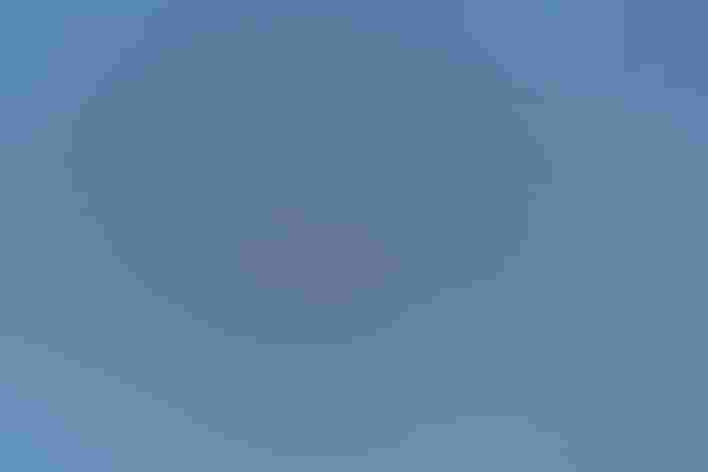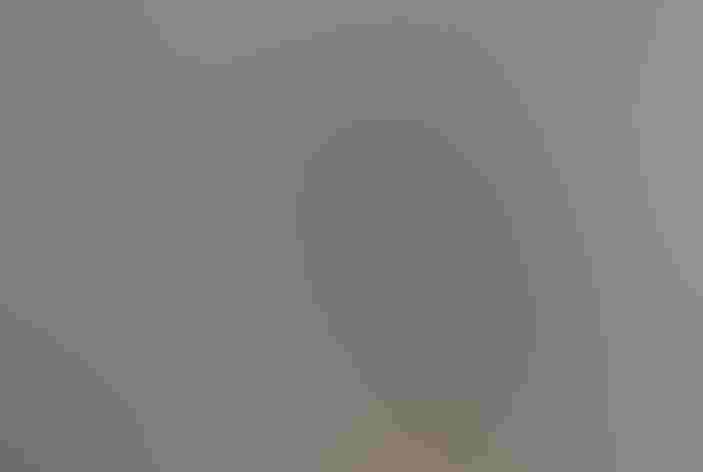Bufflehead
At a Glance
A diminutive diver, one of our smallest ducks, often very energetic in its feeding. Related to the goldeneyes and, like them, nests in cavities; but unlike other hole-nesting ducks, the Bufflehead is small enough to use unmodified old nest holes of Northern Flickers, giving it a ready source of good nest sites. Less sociable than most ducks, seen in pairs or small groups, almost never in large flocks. Takes wing easily from the water, flies with rapid wingbeats. The name 'Bufflehead' is derived from 'buffalo-head,' for the male's odd puffy head shape.
All bird guide text and rangemaps adapted from Lives of North American Birds by Kenn Kaufman© 1996, used by permission of Houghton Mifflin Harcourt Publishing Company. All rights reserved.
Category
Diving Ducks, Duck-like Birds
IUCN Status
Least Concern
Habitat
Coasts and Shorelines, Forests and Woodlands, Freshwater Wetlands, Lakes, Ponds, and Rivers, Saltwater Wetlands
Region
Alaska and The North, California, Eastern Canada, Florida, Great Lakes, Mid Atlantic, New England, Northwest, Plains, Rocky Mountains, Southeast, Southwest, Texas, Western Canada
Behavior
Direct Flight, Swimming
Population
1.300.000
Range & Identification
Migration & Range Maps
Migrates relatively late in fall; spring migration is protracted over long period. Overland migration, in small flocks, apparently occurs mostly at night.
Description
13-15" (33-38 cm). A very small diving duck. Adult male has white "scarf" on round black head. Female has gray head with white ear spot; young male is similar, but white spot is bigger. Compare to Hooded Merganser.
Size
About the size of a Crow, About the size of a Robin
Color
Black, Brown, Gray, White
Wing Shape
Pointed, Tapered
Tail Shape
Pointed, Short, Wedge-shaped
Songs and Calls
Male has a squeaky whistle; female, a soft, hoarse quack.
Call Pattern
Flat, Simple
Call Type
Croak/Quack, Whistle
Habitat
Lakes, ponds, rivers; in winter, salt bays. Preferred nesting habitat is around ponds and small lakes in rather open mixed coniferous and deciduous forest, also burned areas and aspen groves; less often in pure coniferous forest, near rivers or larger lakes. In winter on sheltered bays and estuaries, also on lakes, ponds, and slow-moving rivers inland.
Sign up for Audubon's newsletter to learn more about birds like the Bufflehead
Behavior
Eggs
8-10, sometimes 6-12. Cream to pale buff. Incubation is by female, 29-31 days, sometimes 28-33.
Young
leave nest 1-2 days after hatching, are led to water by female. Young are tended by female but feed themselves. 2 broods may join, or young separated from one brood may join another. Age at first flight 50-55 days.
Feeding Behavior
Forages mostly underwater. All the birds in a small flock may dive at same time. Rarely feeds with only head submerged.
Diet
Varies with season and habitat. In summer and on fresh water feeds mainly on aquatic insects; on ocean feeds mainly on crustaceans. Also eats many mollusks (especially snails) in winter, and small amounts of plant material in fall.
Nesting
Males begin courtship displays by early winter, but most pairs form in spring. Displays of male include head-bobbing, wing-lifting, and short display flights, most with crest feathers fully raised. Nest site, chosen by female, is in tree cavity (especially old flicker holes), usually 2-10' above ground, sometimes up to 50'. Sometimes uses nest boxes. Same site may be used for several years. Lining of down is only nest material.
Conservation
Conservation Status
Evidently much less numerous now than historically, owing to unrestricted shooting early in 20th century and to loss of nesting habitat, but still fairly common and widespread. Current populations seem stable overall.
Climate Threats Facing the Bufflehead
Choose a temperature scenario below to see which threats will affect this species as warming increases. The same climate change-driven threats that put birds at risk will affect other wildlife and people, too.








